On the back of President Trump’s victory November 5, the end of the election season will open an interesting eleven-week window. President Biden will assume lame-duck status and be freed from any concern that a more aggressive posture toward Russia might hurt Kamala Harris’s presidential campaign. Biden might also be considering the implication of handing over Ukraine policy to an individual who has repeatedly signaled his pro-Putin views.
Both of these factors argue for Biden breaking from his self-imposed restrictions and supporting Ukraine striking targets in Russian territory during this lame-duck period.
Imagine a moderately successful Ukraine attack now, after the November 5 election, on a moderately relevant target, such as a railroad terminal fifty miles inside of Russia. What are the likely consequences of such a move?
Russia would respond robustly to raise the costs of any further strikes. The Russian messages will be a) Ukraine has recklessly escalated; b) Russia will now escalate in turn; c) No real damage was done; d) This attack has spurred Russian resolve and strengthened Russia support for the war effort; and (inevitably) e) Ukraine has killed civilians and committed war crimes. Yet beyond this rhetoric, Russia’s ability to escalate is actually quite limited as it has been attacking Ukrainian civilian targets for years. Ukraine has the capacity to inflict some costs on Russia whereas Russia has less of an ability to inflict additional damage on Ukraine.
Russia is likely to focus more on messaging, claiming Ukraine’s attack represents a step away from peace and only prolongs the war. Moscow will brush away the attack as Biden’s final efforts to salvage his Ukraine policy.
This response makes it all the more important that Ukraine undertake follow-on strikes, making full use of the eleven-week window, again targeting transport centers and power stations. More important than Ukraine’s desire to degrade Russia’s war-fighting capabilities, is to signal to the general Russian population that prosecuting this war will not be cost-free. The outcome of the war is unlikely to be highlighted by the destruction of a rail yard, but Putin’s vulnerability just might be.
Such a strike will make the European supporters of Ukraine marginally more likely to help that beleaguered nation; it will make the Russian population marginally less excited about continuing the war; and it will make Putin marginally more interested in reaching an accommodation. Nothing like a demonstration of Russia’s vulnerabilities to help the Russian population lose its enthusiasm. Now the risk of continuing the war shifts a bit to Putin. By helping surface whatever discontent there might be in Russia, Biden raises the cost to Putin and encourages Russians to think about a post-Putin era. At some point, the end of Putin’s tenure must come into focus.
Biden might not be the only lame duck in the picture as Vladimir Putin completes his twenty-fifth year serving either as president or prime minister of Russia. It is an inexact comparison because Putin is a mere seventy-two to Biden’s eighty-one years, and dictators are not term-limited in any event. Nonetheless, helping Russians consider that the benefits of Putin remaining in office might be exceeded by the costs is a tempting one. Putin is a bold, confident dictator-in-chief in his carefully scripted media appearances, but Yevgeny Prigozhin was able to advance a few hundred miles unimpeded toward Moscow with perhaps a thousand men. More recently, Putin has found it necessary to call on North Korea for manpower support. Putin’s Potemkin village might merely be a Potemkin village.
A newly elected President Trump, if we take him at his word, will try to force a settlement on Ukraine in which it gives up significant portions of its territory. But if Trump comes into office and Russia has been battered a bit and the EU has stepped up a bit, and Putin is wobbly a bit, maybe there will be more to the story. The clock ticks not only for President Biden.



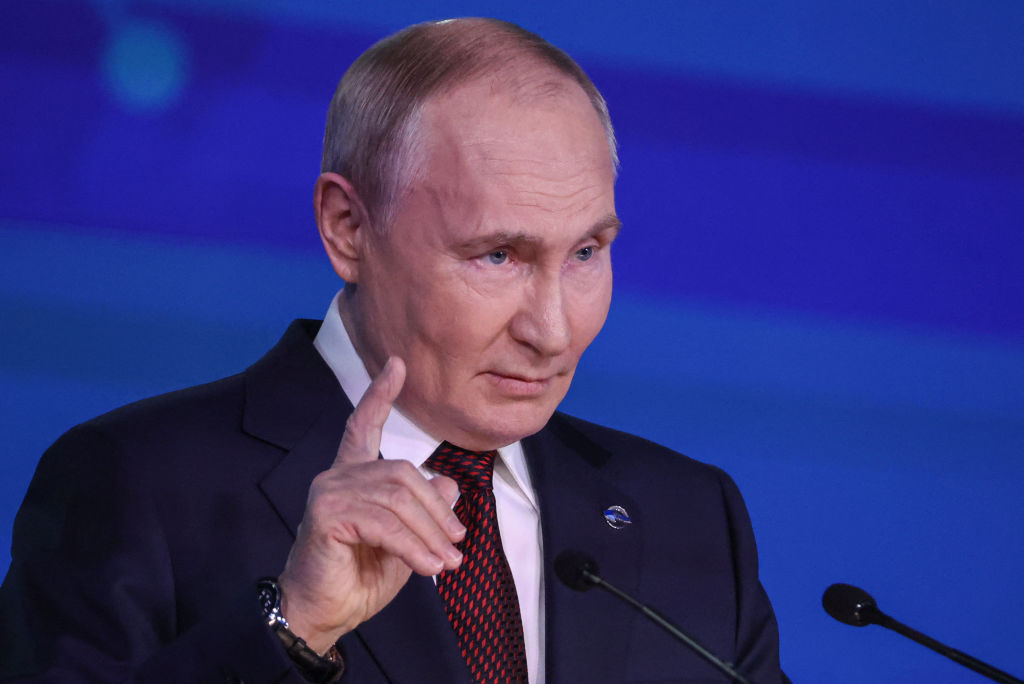






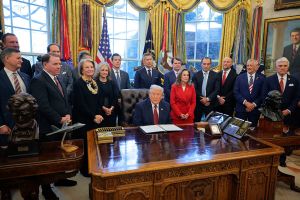

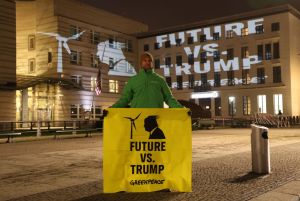
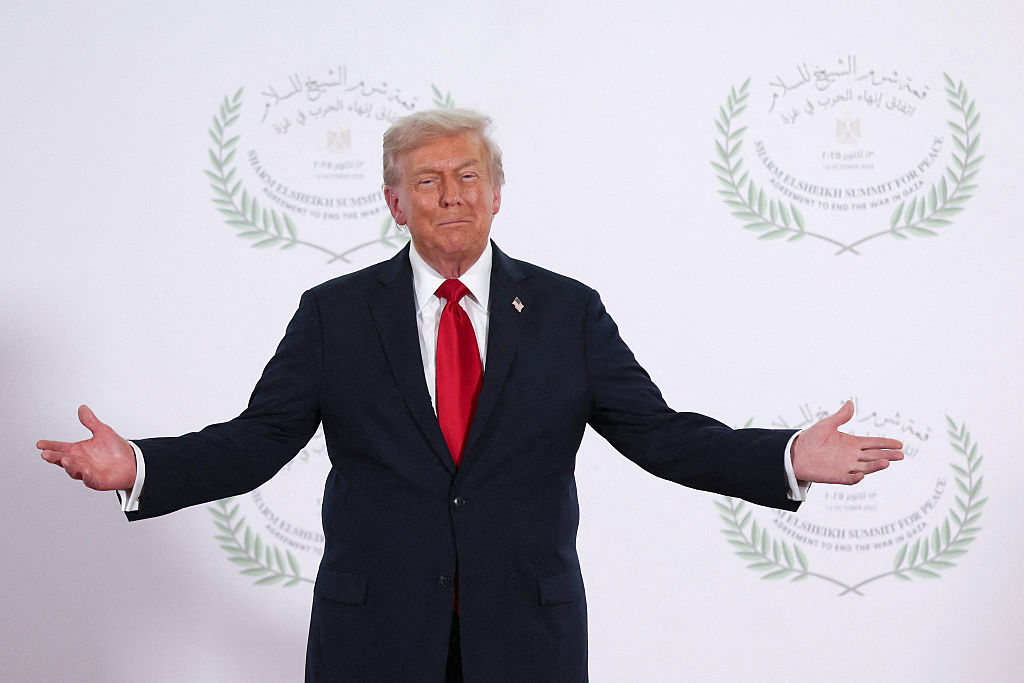
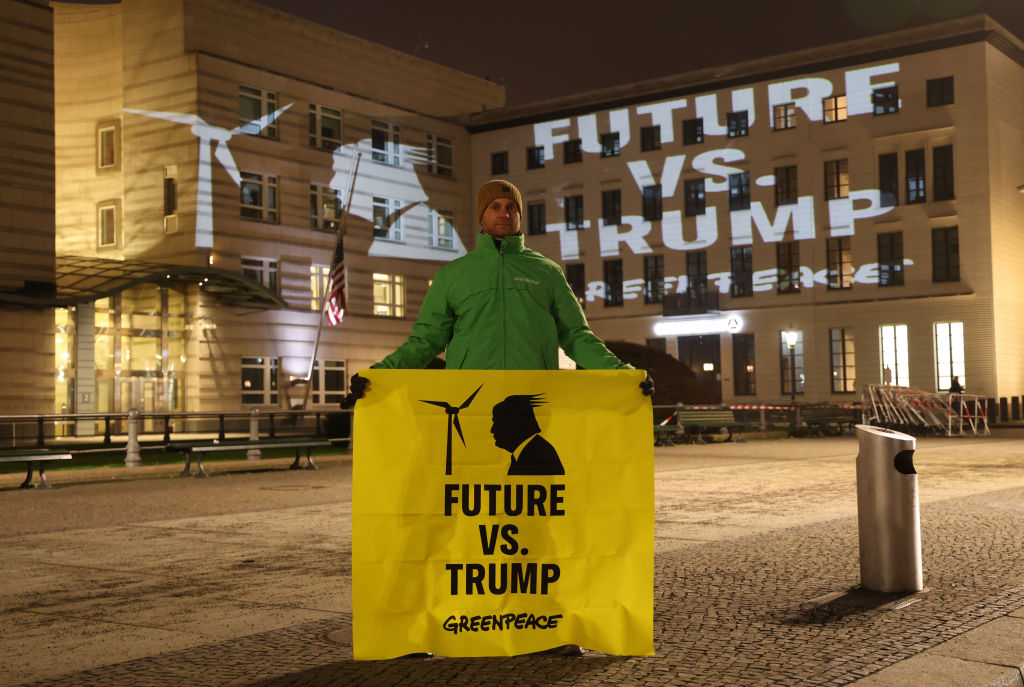
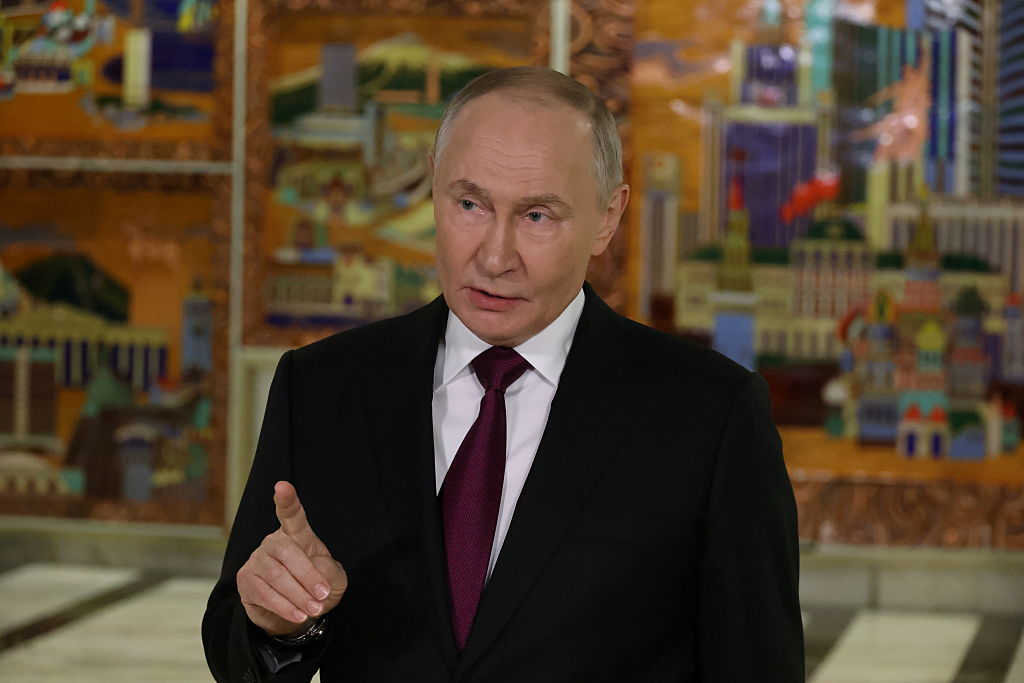
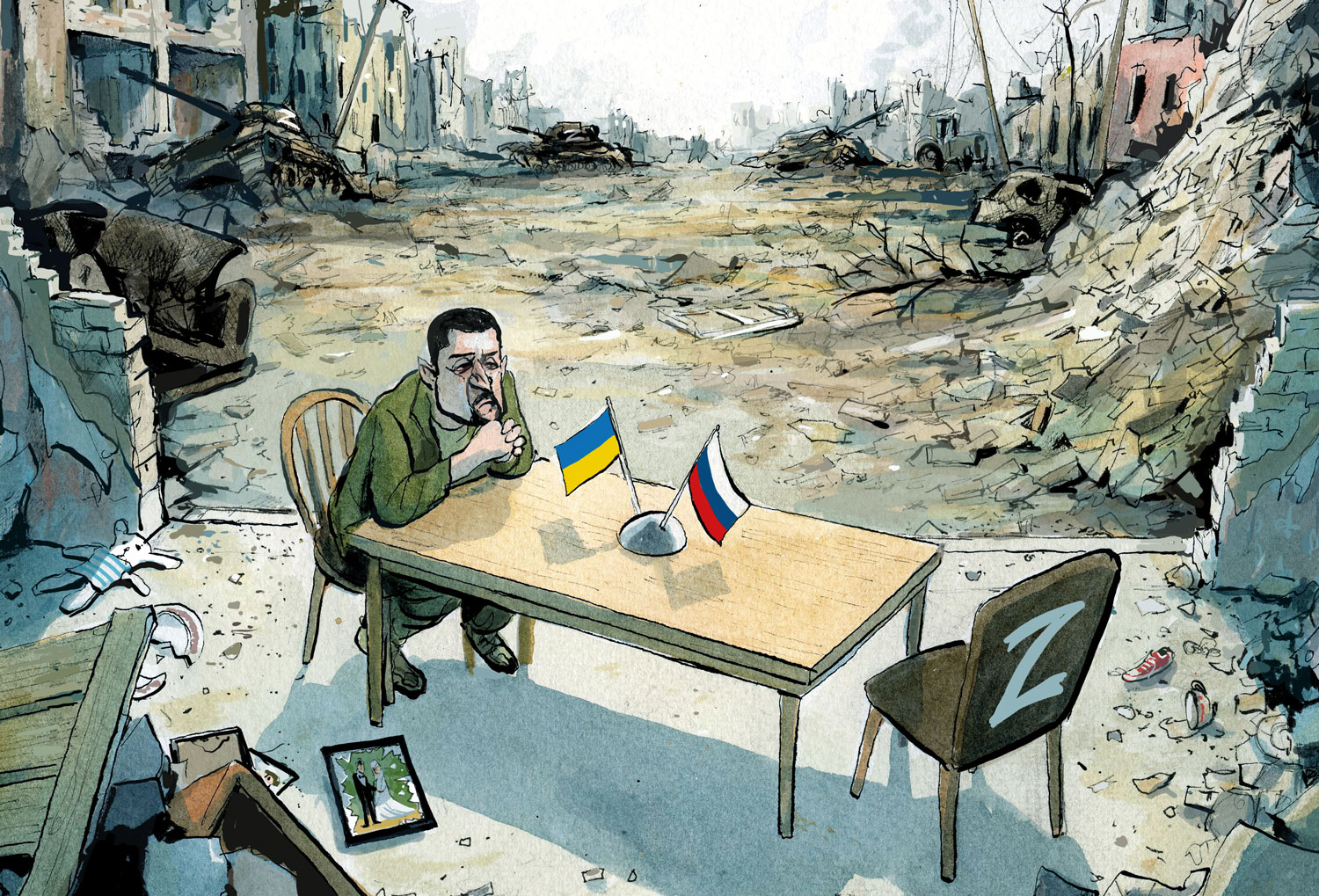
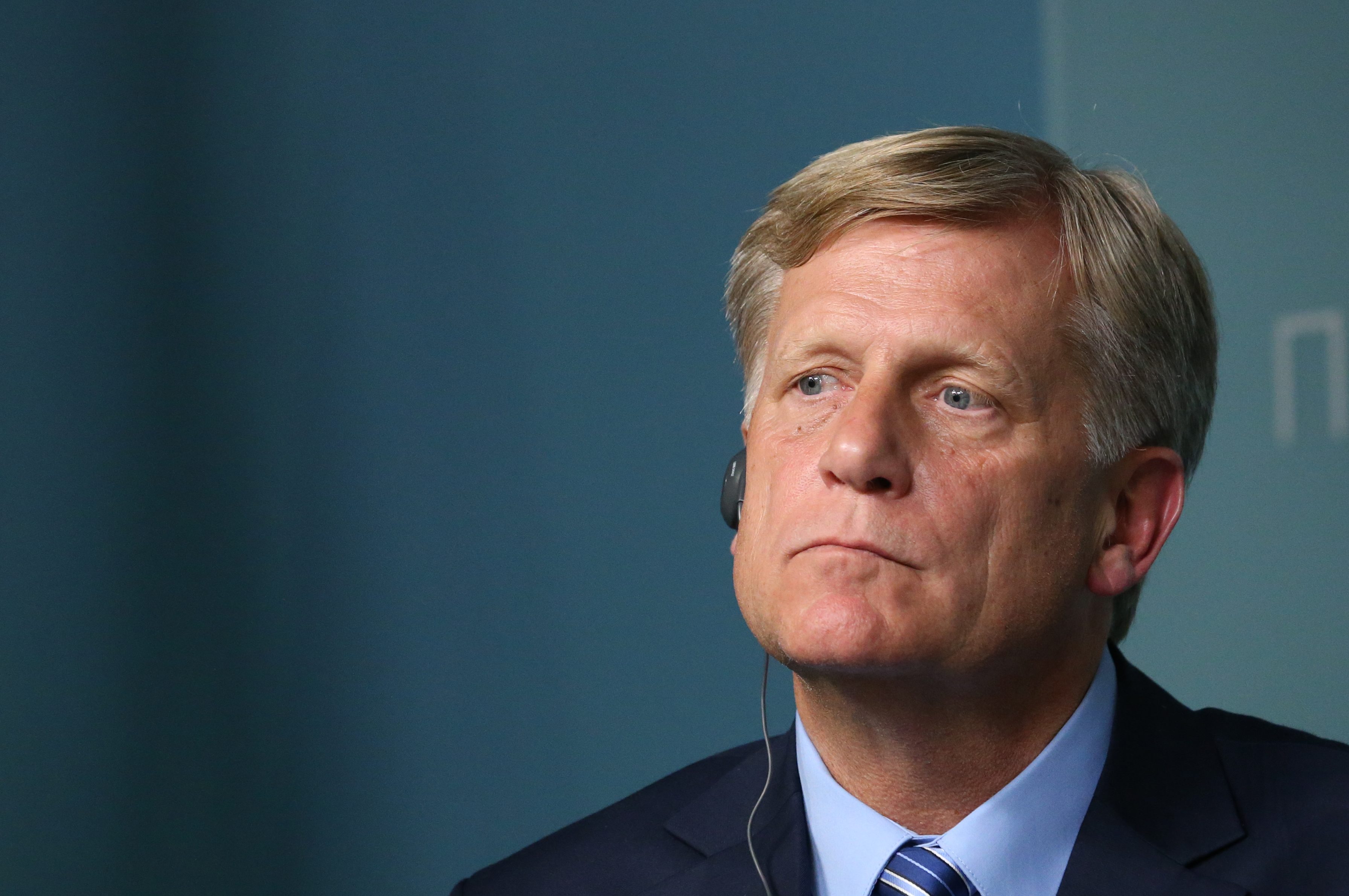
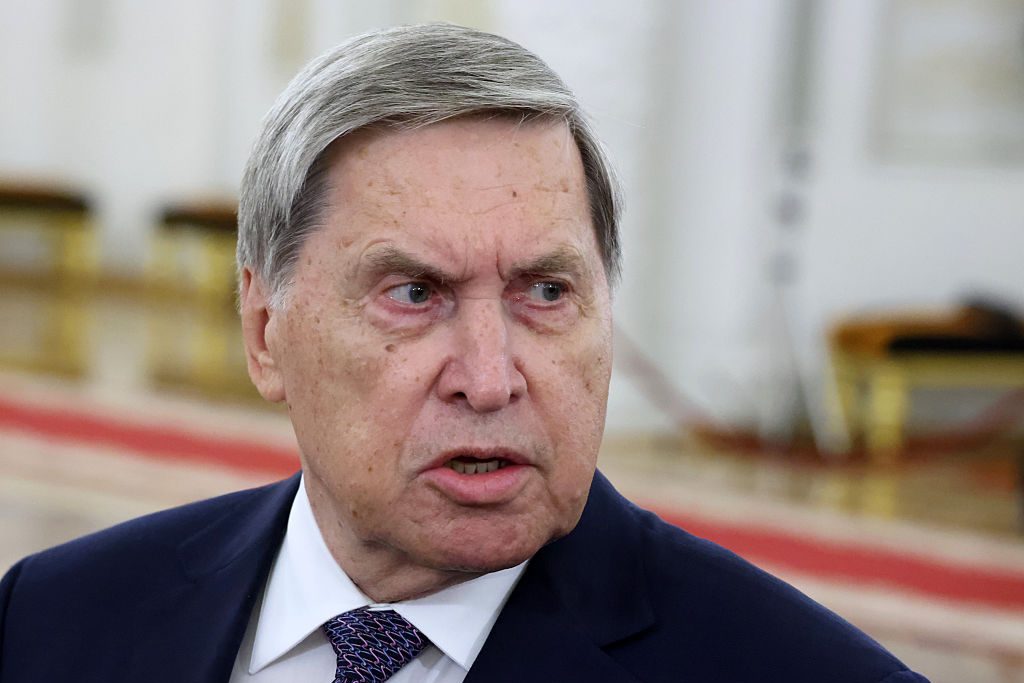







Leave a Reply